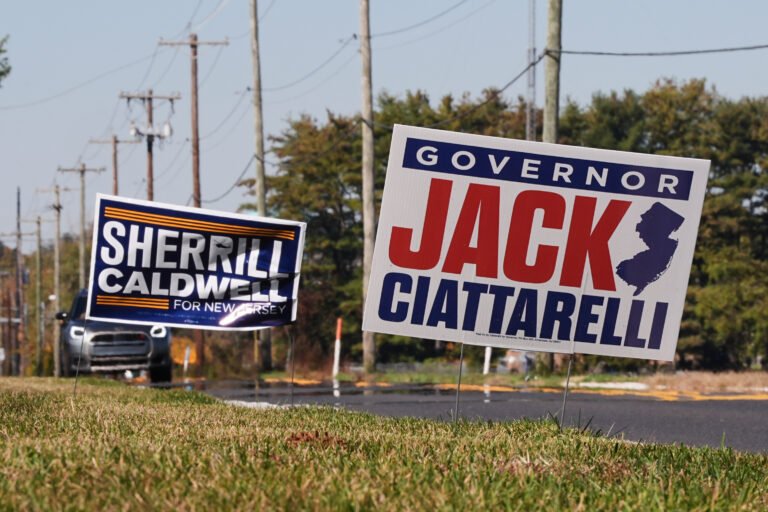
Millions of Americans face civil legal issues every day. As per the Legal Services Corporation’s 2022 report “The Justice Gap,” many make these uncertain journeys alone, unable to afford representation. “Most low-income Americans do not get any or enough legal help for their civil legal problems — and the cost of legal help stands out as an important barrier,” the report says.
Although the Sixth Amendment guarantees the right to legal representation in criminal prosecutions, there is no such guarantee in obtaining adequate representation for civil matters. Approximately 50 million Americans have household incomes below 125 percent of the poverty threshold. The Justice Gap study found that low-income Americans do not get adequate legal assistance in 92 percent of civil cases, which often involve securing and protecting basic needs.
What can we do to improve civil representation for low-income Americans? Responsible use of artificial intelligence may be the answer.
A January 2025 article in the Loyola of Los Angeles Law Review said AI can potentially enhance access to legal aid services. The article referenced a study revealing that 21 percent of participating legal aid professionals are already using AI tools to complete routine tasks, freeing them to focus on more complex matters. Because many civil cases involve completing standardized forms, drafting routine letters, or explaining legal documents in plain language, low-income Americans should be able to access such basic services at little to no cost through an AI bot.
At the same time, the study identified risks such as inaccurate results and hallucinations — “the confident generation by AI tools of inaccurate results, such as nonexistent case citations, inaccurate legal information, and incorrect information about court procedures or deadlines.” However, it is difficult to estimate the gravity of potential problems associated with such hallucinations.
The Loyola article cited a separate 2024 research study whose authors found that “LLMs hallucinate between 58 percent (ChatGPT 4) and 88 percent (Llama 2) of the time.” For this reason alone, AI should not be relied upon to make significant legal decisions or recommendations resulting in fines or jail time.
Regulation is needed at every jurisdictional level, or AI could easily do more harm than good. However, AI can still deliver tremendous benefits to low-income Americans by lowering the cost of basic legal support. Tasks like translating lease agreements into plain English or guiding tenants through standard court forms are well within AI’s current capabilities. For many Americans, these seemingly small actions could mean the difference between stability and crisis.
Will AI replace junior attorneys altogether? According to Bloomberg Law’s Legal Ops and Tech Survey, “With investment for legal technology as part of budgeting plans, respondents agree that there will be a reorganization of roles to accommodate the shift towards new tech.” This indicates that we are more likely to see a change in work roles rather than a complete restructuring of the legal profession. Only time will tell how AI may affect attorneys overall.
Although the future of law remains an important concern, the greater current risk to society is the continuation of a system in which millions of Americans cannot afford basic assistance for civil legal matters. The hope, however tenuous, is that AI can improve this metric by acting as a form of legal triage. An AI bot can act as frontline support to screen cases, answer simple questions, and navigate someone toward professional assistance when necessary.
The alternative is to maintain the status quo, where the overwhelming majority of low-income Americans face civil matters without any legal representation.
Michelle Mikhels is editor-in-chief of the NYU Undergraduate Law Review.


